The Article
Destat III From Furutech: Say No to Static!
21st February 2019
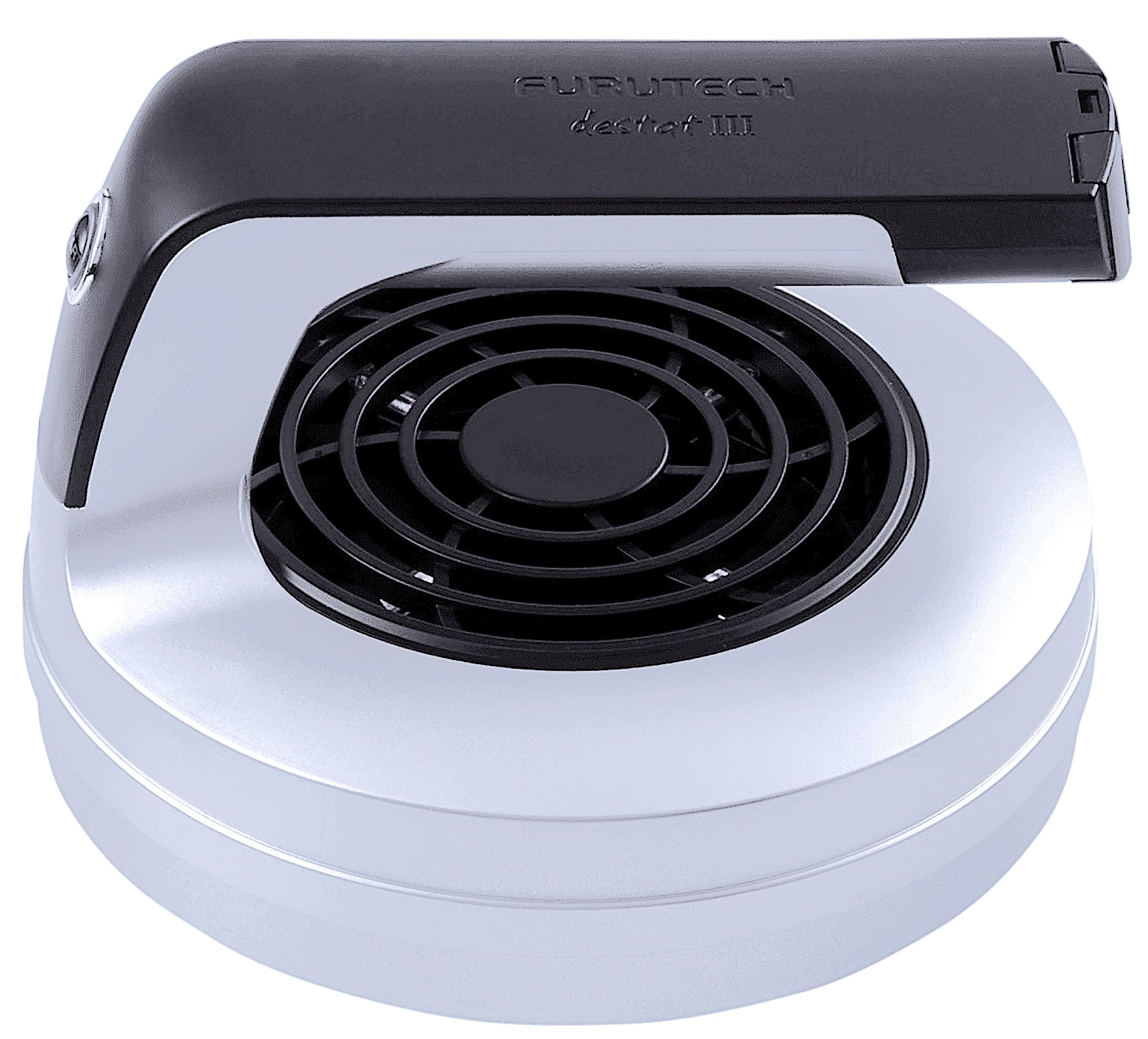
Promising to remove static from your hi-fi, Paul Rigby reviews Furutech’s portable Destat III
We all know about static electricity. It’s a childhood treat! You rub one object against another, a balloon against your hair or sweater, for example, and the resultant friction initiates the swopping over of electrons. Each item then has an opposite charge. A physical attraction is caused through static electricity…or something like that. Actually, we’re not too sure about that now. A few years ago, that long-standing scientific explanation was robustly challenged. You can read more about it HERE in a Popular Mechanics story.
However it might be created, as hi-fi and music fans, we are used to the concept of static.
We can hear static via its collection on the surface of a vinyl disc. We hear the pops and clicks that static produces as it discharges. But not all static electricity actually discharges. A lot of it hangs around and goes nowhere. The sonic result of this stuff can enter the hi-fi chain to veil detail and subdue information in the form of EMI (Electromagnetic interference), which can be created from static electricity and related electrostatic discharge.
I’m talking tiny levels here but tiny levels are enough to make an audible difference. Dulling it a bit. You’ll find that lots of tiny things are affected like bits of reverb here, removal of air and space there, constriction of the mids here, squashing of the bass there. Subtle stuff that you might easily dismiss on an individual basis. Trouble is, you add those hundreds – actually thousands – of little sonic nudges and squeezes and the overall effect of noise on your music is pretty nasty. Noise sucks the soul out of music, in fact. You only really hear the effects when, oddly enough, they’re not there. Until then, your brain probably will wonder what all the fuss is about. Get rid of the stuff, though, and then you’ll understand.
You can most obviously physically see resident static as it attracts dust to your vinyl but static is all over the place. Getting rid of static from your hi-fi can prevent the build up of dust on the surface of your vinyl but it also promises to improve sound quality.
There are a lot of products currently available on the market which are positioned to resist static or prevent static build up. You and I know that static still exists, though. That stuff still gets through. And I’m not talking about rooms featuring the famed ‘dry air’ as the sole cause either, I’m also talking about static created through mechanical processes of one sort or another.
So how do you get rid of static from your hi-fi system? One way is via the very popular and almost legendary Milty Zerostat gun. I’m sure you’ve seen this thing. HERE is a review link, if you have not. I first bought mine when I was around 14 years of age and I know many of you have grabbed a sample too.
There is another tool out there though from the Japanese outfit Furutech. While not a new concept, it has been recently released in an updated form. It’s supposed to be more powerful and more effective than the Zerostat but costs a whole lot more too.
SO WHAT IS IT?
The Destat III from Furutech is a portable gadget to remove static – at least temporarily. Yes it looks like a kettle or a ‘rock’ from the Olympic sport of Curling but…it isn’t. No, really, it isn’t. The Destat III is battery operated. Furutech offers no orientation guidelines on how to fit the batteries and should. I know, small point but still…
You press the operating button on the front of the handle, a power light shows green (low battery levels turn it red) and the thing that looks like a kettle suddenly springs into action as the internal fan gets up to speed (the fan is very quiet, though, even in a silent room), operating for 15 seconds before automatically shutting down again, ready for another button press.
And what does it do? It pushes out ionising air. Which removes the static charge. Simple as that.
Because it’s portable, you can use it wherever you fancy: your turntable’s platter, speakers and interconnect cables, tonearm, vinyl, CDs, your cat…you name it. I found myself wandering around the room, pointing it at everything I could find. Just to see. Why point it at anything bar a vinyl surface? I’ll get to that.
CLINGING ON
On the face of it, it’s tough to test any anti-static accessory. The obvious test was to take a piece of scrap cling film, rub it on my jumper/sweater and connect that static charged film to the flat palm of my hand. I did and the film stuck there on its own via the magic of static. I’m sure you’ve seen this common effect yourself. You can while away the hours with this test (my 30 years of journalistic training have come to this?)
One blast of the Destat III neutralised the charge and the cling film fell away from my hand. First test sorted, then. Which was fun (You can tell that I don’t get out much, can’t you?) but I wanted something rather more definite and measurable.
The problem with static charges is that they’re invisible. Also, most people don’t realise that the charge also varies in strength. I wanted to investigate static in two ways. Static as an attractor of dust to the vinyl groove but also static as a noise producer. That’s a side of static that never really gets any attention. The problem is that static has the potential to get everywhere. But where, exactly?
ANTI-STATIC METER
From my early research, the DeStat III appeared to be a powerful design, hence the difference in price points. The trouble was, how to prove it? How to prove those performance differences? How to test the before/after effects of static on my vinyl but also the rest of my hi-fi system? The solution was supplied by a static meter. There’s a host of these testing gadgets on the market of different shapes and sizes. Some are very large indeed, screwed to the ground and are used in industrial environments. Others are battery powered, mobile devices. That’s what I used for this test. Measured in kilovolts (kV), the meter senses both positive and negative charges.
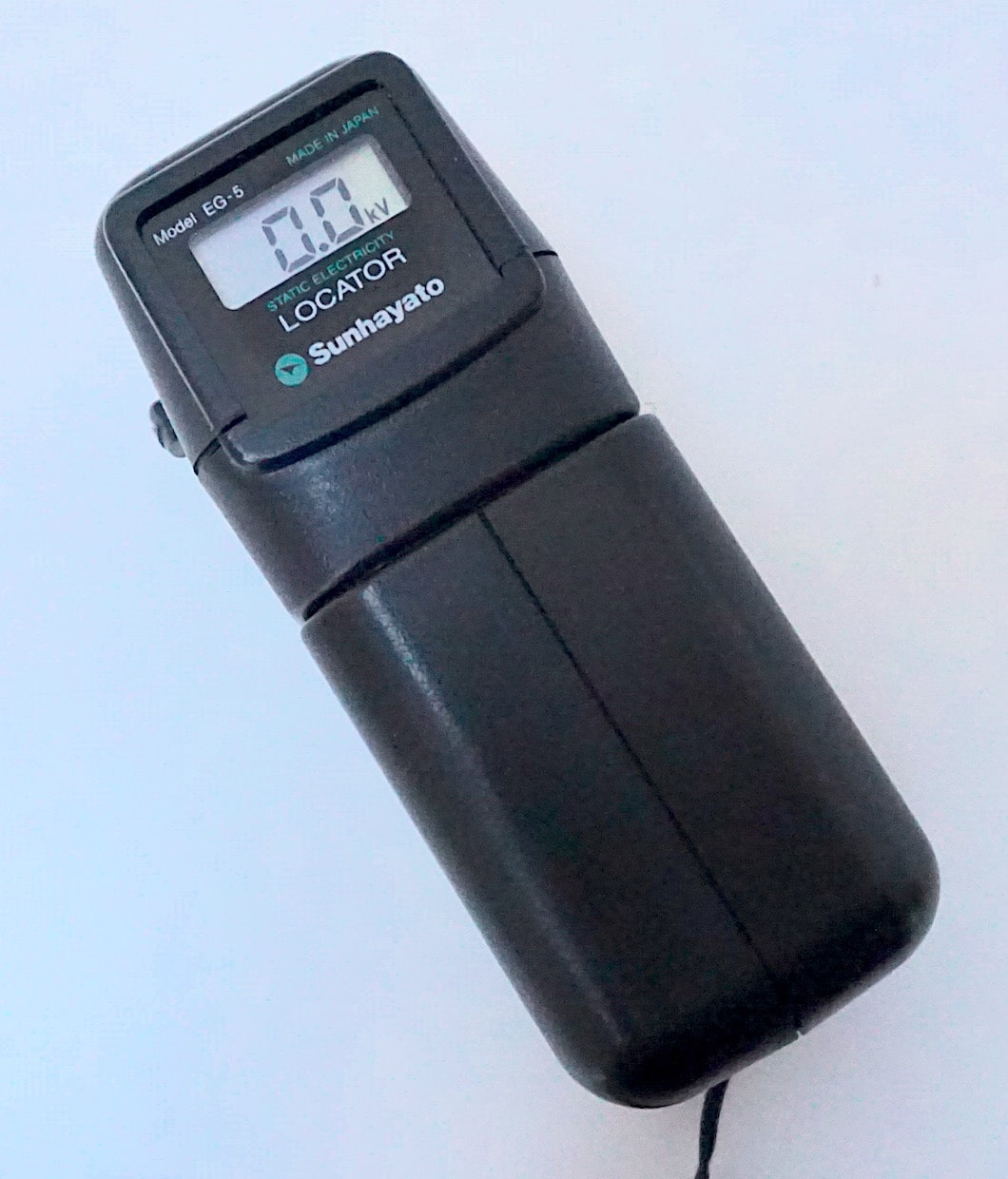
A generally neutral surface, bereft of static, will rate at around plus or minus 0.0-0.3kV on the meter. As an immediate contrast, I tried ye olde ‘rubbed jumper’ test mentioned above which produced a whopping 2.3kV of static.
You won’t be surprised to hear that I promptly scooted off around the office testing anything I could grab.
TESTING TESTING
Just to give you a sort of reference, some context and a sense of comparison with vinyl and hi-fi, I decided to test various household items and home fittings for static. The results were intriguing.
Certain parts of an electrical wall socket in my kitchen registered -0.7kV; a kitchen drawer registered -2.3kV (!) but that drawer had been used frequently and was mounted on runners; a Rega Mira amplifier attached to my TV registered 0.1kV in an off state and 0.3mV when on; my flat screen TV was 0.0mV in off or on state but when the internal pop-up camera was engaged (a Samsung feature), that registered 1.6kV while the screen of my iPhone ranged in value up to 0.5kV.
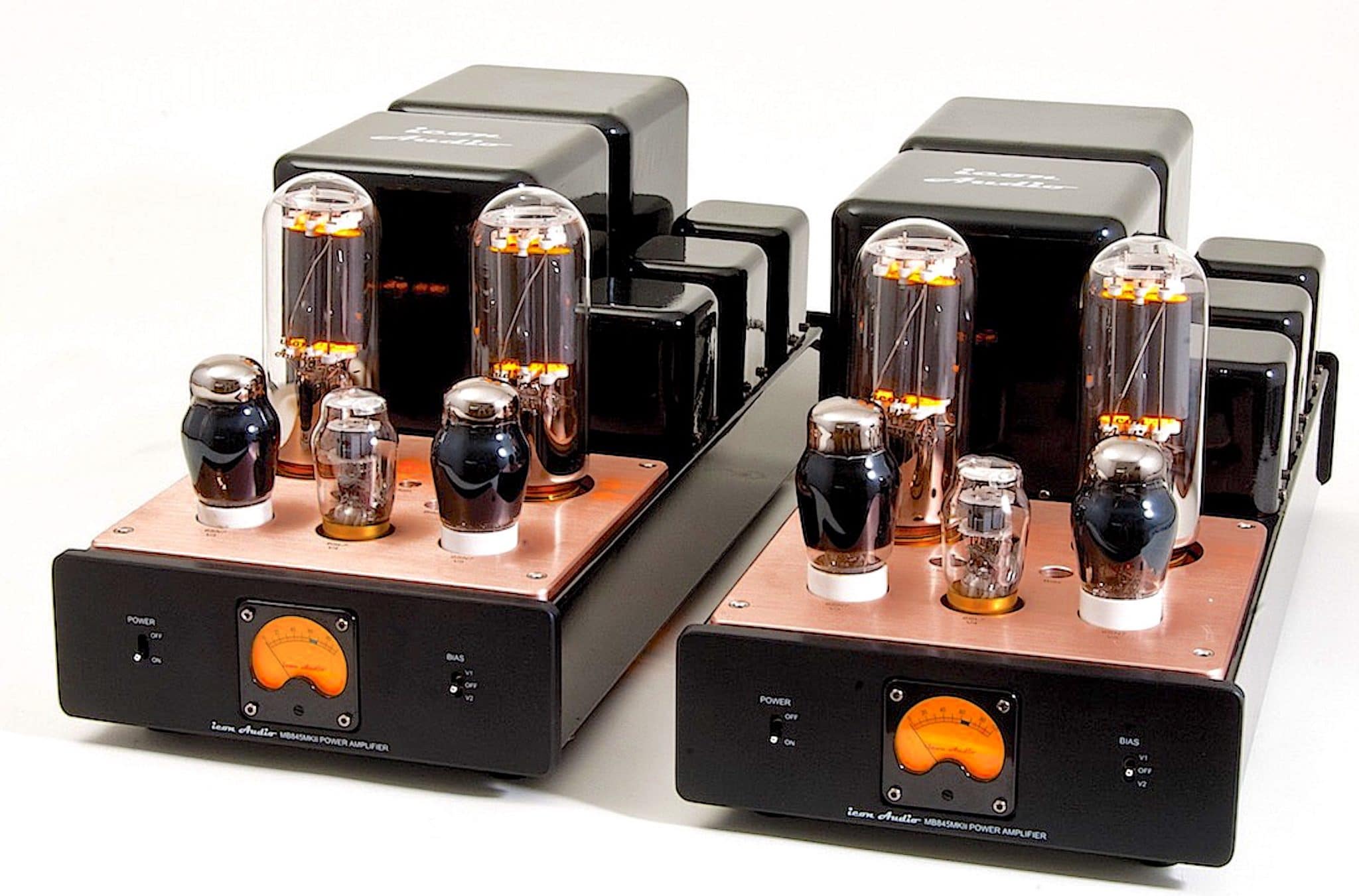
I then tackled my hi-fi. I firstly tested my monoblock power amplifiers (above), powered by large 845 valves. I found that the 845 valves themselves peaked, in static terms up to 6kV! No other area of the amplifier registered static, only the 845 valves. While, on my Icon Audio PS3 phono amplifier (below), the EL84 regulation valve alone (left hand chassis, top left valve) was covered in static, everything else register minimal or no static but the EL84 itself measured in excess of 3kV.
Turning my turntable on and just rotating the platter but not playing any music, the most static was had from the very edge of the platter, where the belt resided. I had fluctuating readings here with peaks at 1.8kV. Testing the belt itself, the free hanging bit that sat between the platter and the pulley, produced 4.0kV. This entire area was a definite source of static.
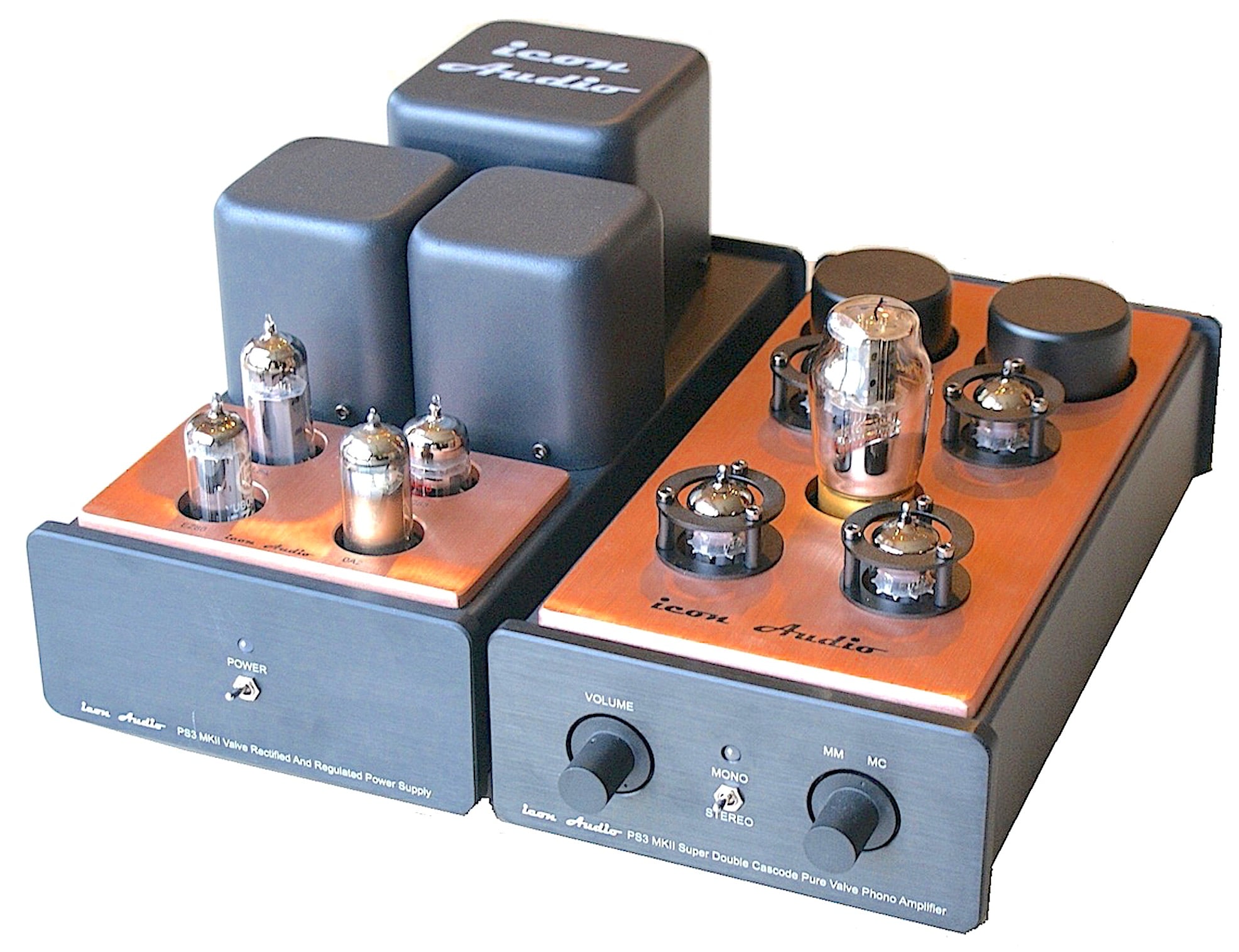
Testing a vinyl disc being cleaned in my Audio Desk ultrasonic record cleaner was interesting. The initial disk rotations pushed the static up to a whopping 9mV, then the water bath filled and the static disappeared to 0.0kV. When the water was automatically removed during the cleaning cycle, the built in air dryer kicked in and static built upwards again past the 1kV mark to reach, in certain areas of the disc, 3kV. It ended at a high figure of 5.6kV.
Testing the pre-amp, CD player, DAC and the chassis of the turntable, no static could be found. There was no static on any cables either – which surprised me – as well as the socket areas of these components. The speakers had no static, even my electrostatics held no static! (Elec-no-static?)
But back to the software. I then removed the vinyl disc from the ultrasonic cleaner and moved this to my turntable, placed the record on the platter and tested: it still showed 5.6kV of static on the disc itself.
When I placed the stylus on the record and began play, this high static figure reduced dramatically but static still remained. Hence, the stylus discharged some of the resident static when it connected itself to the vinyl surface. There was no static on the tonearm or cartridge but some static did remain on the vinyl.
If I could draw a graph for static on a vinyl disc, I would place the largest amount of static on the outer areas of the vinyl. The first third of the vinyl disc registered over 2.3kV, the central parts of the disc registered 0.5kV while the last track showed no static at all, in effective terms, with 0.2kV on average.
A lot of the static was being fed to the vinyl by the belt and the edge of the platter. The belt peaked at 2.3kV around the edge of the platter, during play. That free-hanging part of the belt, running between the platter and pulley of the motor, peaked at around 1.5kV during play.
My only regret was that I was not able to test static results from a direct drive-based turntable because one could not be accessed in time. Would the figures be reversed? With high static figures being generated from the motor area around the spindle to then decrease towards the vinyl edge? I have no idea. When I get the chance, I hope to add an update here in the future.
I also tested my CD player and DAC which showed no static. That said, the CD disc itself was covered in static, peaking at over 2kV.
COMPARISON TESTING
I then brought in a Zerostat and wondered how the DeStat would measure up against it. I first fired the Zerostat’s ions at the infected valves within my respective valve amplifiers and wondered how much static would be removed. On the PS3 phono amplifier, static was reduced from around 3.0kV to around 1.2kV while the power amplifier was reduced from around 6kV to around 3kV. Pretty impressive.
I then tried the DeStat III which reduced the static on the PS3 phono amplifier from around 3kV to 0.2kV and the power amplifiers from 6kV to 0.8kV. Even better!
Onto the turntable then. I firstly addressed the belt running around edge of the platter and then the vinyl surface itself. The Zerostat reduced the initial platter figure of 2.3kV figure to 1.2kV and the outer vinyl surface from 2.3kV to around 1.5kV, the Destat reduced those figures further to 0.4kV. around the edge of the platter to a peak of 0.3kV on the vinyl surface itself.
Before we move on, by publishing the test results in this manner, do not think that I am being derogatory towards the Zerostat in any way. It’s a superb device and a great tool that performs superbly well for the cash. There will be users out there, though, where only the best is good enough. On that basis, the Destat III performed wonderfully, effectively removing static from my vinyl and valve electronics and often reducing static to negligible proportions.
SOUND TESTS
The next question is, does static removal help sound quality in any way? We all know about removing static to reduce the attraction of dust to the grooves but what about the potential sonic improvements? I treated the infected parts with the DeStat III and listened.
To begin, I played the country ballad, You’re Free to Go via Emmylou Harris from the album, Thirteen. And yes, there was a reduction of noise that improved sound quality. Now, normally, when I try to quantify an improvement in noise from a hi-fi component, I tend to generalise a bit but I could be wholly specific with the Destat III. The improvement in sound was purely down to a reduction in static. Clarity was the big winner here. The entire soundstage sounded like it was freshly scrubbed and shined. Everything sounded, how can I put this, ‘new’ I suppose is the word I’m looking for. What had gone was a sort of tiredness or sepia-type browny feeling about the sound. As if the hi-fi sound had an old, weary, slightly worn out feel about it before but now it was perky, sprightly and ready for action.
Vocals were focused and precise, guitars added to their reverb tails but the treble-based cymbals were the real winners here with a new found tonal realism that just wasn’t there before.
I then, on a seperate occasion, applied the DeStat III to my phono amp and monoblock power amplifiers, the valves only, while the turntable was still covered with static. I tested it with the Fall’s Live at the Witch Trials. To see if removing static solely from the valve areas produced any sonic change. It did too. I heard extra space, especially on the left and right parts of the soundstage. Drums sounded more relaxed and the cymbal taps held greater reverb tails. The cymbal taps actually seemed to move inwards from the far left channel around 12 inches or so. Also, around the central image, the reclusive organ sound now had a greater presence. It’s previously soft sounds now exhibited new textures and detail. So, even if you only treat any valves in your system and don’t go anywhere near your turntable, you should hear a sonic difference. That improvement improved further once the turntable/vinyl was treated.
So does this gadget only work on analogue and valves? Not at all. I had excellent results with CD. I tested Bing Crosby’s Let A Smile be Your Umbrella on the album Bing With a Beat (Bluebird). I treated the CD itself before inserting it into my CD player. The result was to remove a subtle stridency from the leading edge of the midrange, adding an organic quality to the Crosby vocal, digging into his resonant delivery while giving the brass section a richer tone.
As I say, the effects will wear away over time so you’ll need to repeat the treatment. At the beginning of a listening session would be ideal for valve components and/or when you need to change your record.
CONCLUSION
In theory, static can build up any place and so, if you grab a Destat III, you will need to experiment with it to find the most effective places to treat. That said, during my tests the main areas of static accumulation were any active valves, the edge of a turntable platter, the belt (if you use a belt-drive turntable), the vinyl and CD discs.
Wherever you do find static, you can be sure that the Destat III will work and work brilliantly, enhancing sonics wherever it blows its neutralising breeze whether that be on the hi-fi hardware or software. Sonically, this gadget is like a breath of fresh air!
FURUTECH DESTAT III Price: £299 Tel: 0118 981 4238 Web: www.furutech.com TO BUY CLICK BELOW: UK - https://amzn.to/2Gks7sW USA - https://amzn.to/381Xp39
GOOD: clarity, organic bass, enhanced treble, naturalistic mids
BAD: treatments need to be repeated on a regular basis
RATING: 9
[Don’t forget to check out my Facebook Group, The Audiophile Man: Hi-Fi & Music here: www.facebook.com/groups/theaudiophileman for exclusive postings, exclusive editorial and more!]
REFERENCE
Origin Live Sovereign turntable
Origin Live Enterprise 12″ arm
Van Den Hul Crimson XGW Stradivarius Cartridge
Soundsmith Paua Mk.II cartridge
Icon PS3 phono amplifier
Aesthetix Calypso pre-amp
Icon Audio MB845 Mk.II monoblock amplifiers
Quad ESL-57 speakers with One Thing upgrade
Tellurium Q Silver Diamond cables
Blue Horizon Professional Rack System
Harmonic Resolution Systems Noise Reduction Components
All vinyl was cleaned using an Audio Desk’s Ultrasonic Pro Vinyl Cleaner

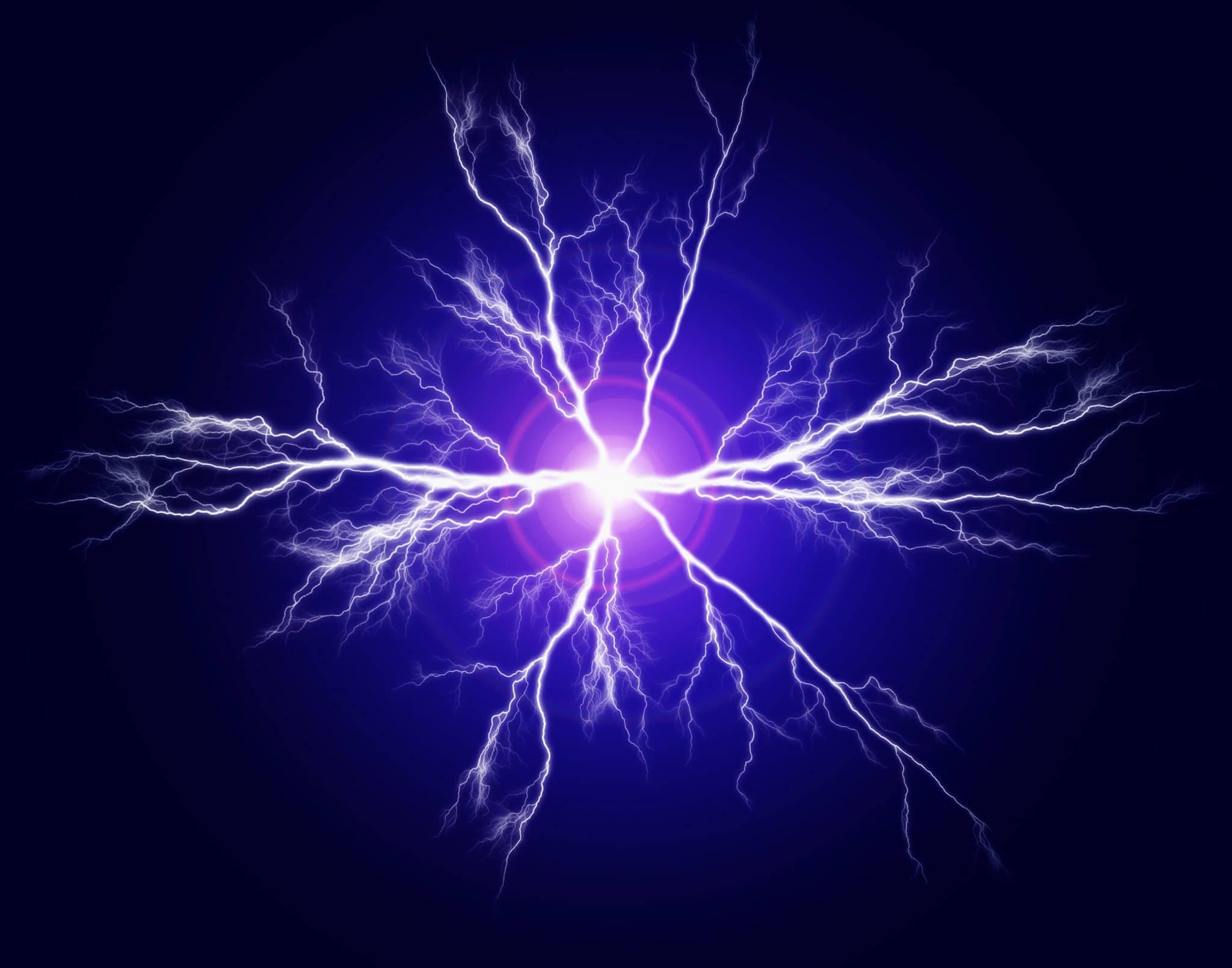
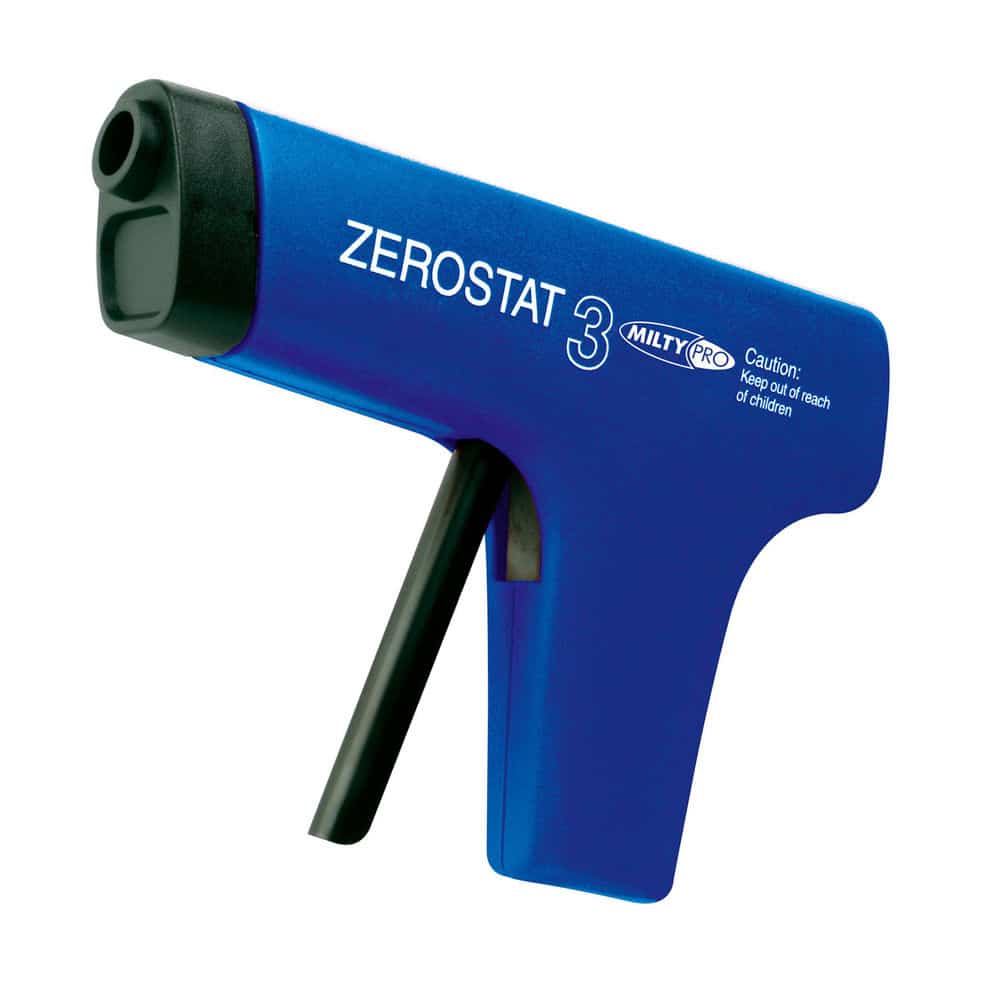
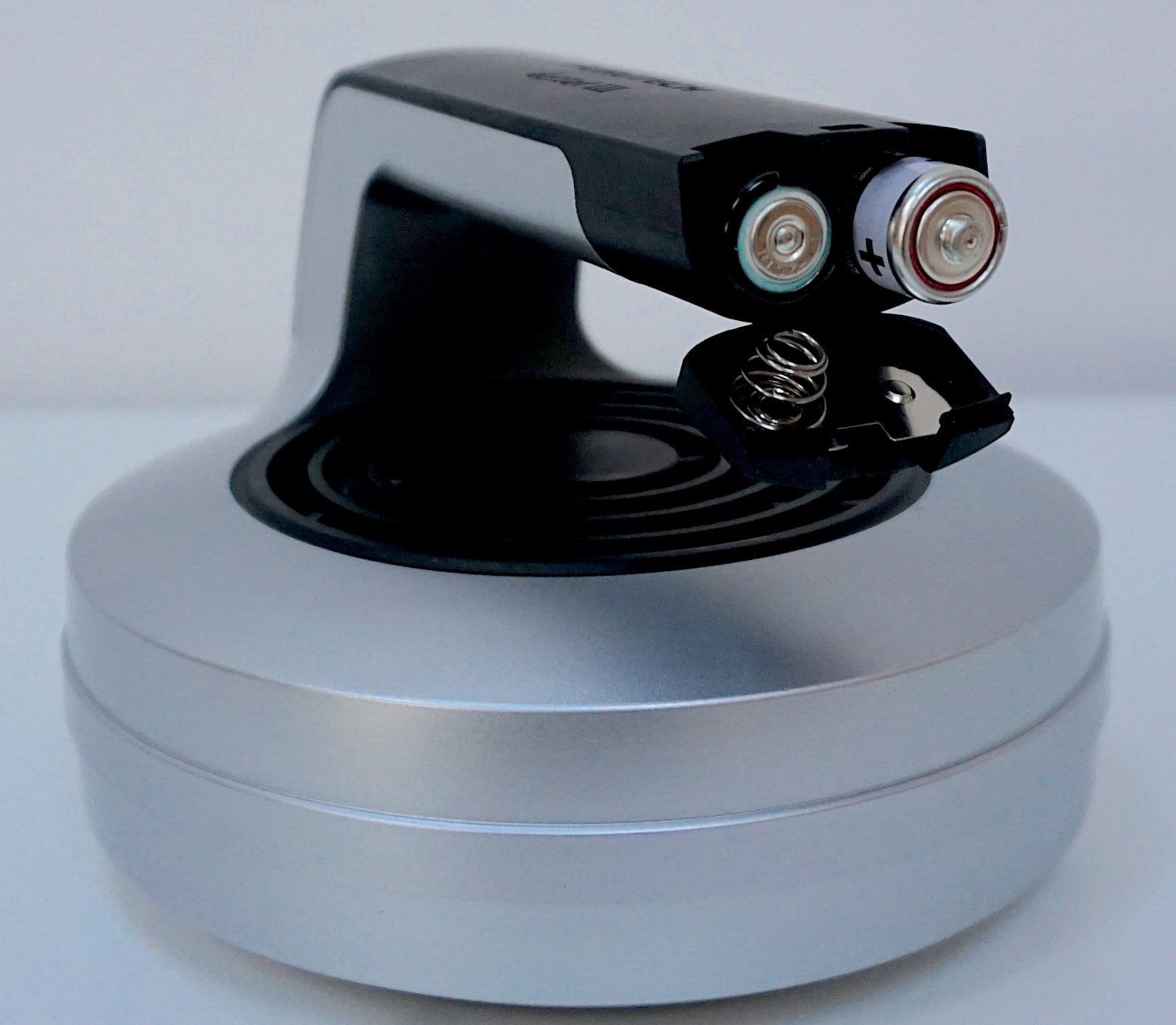
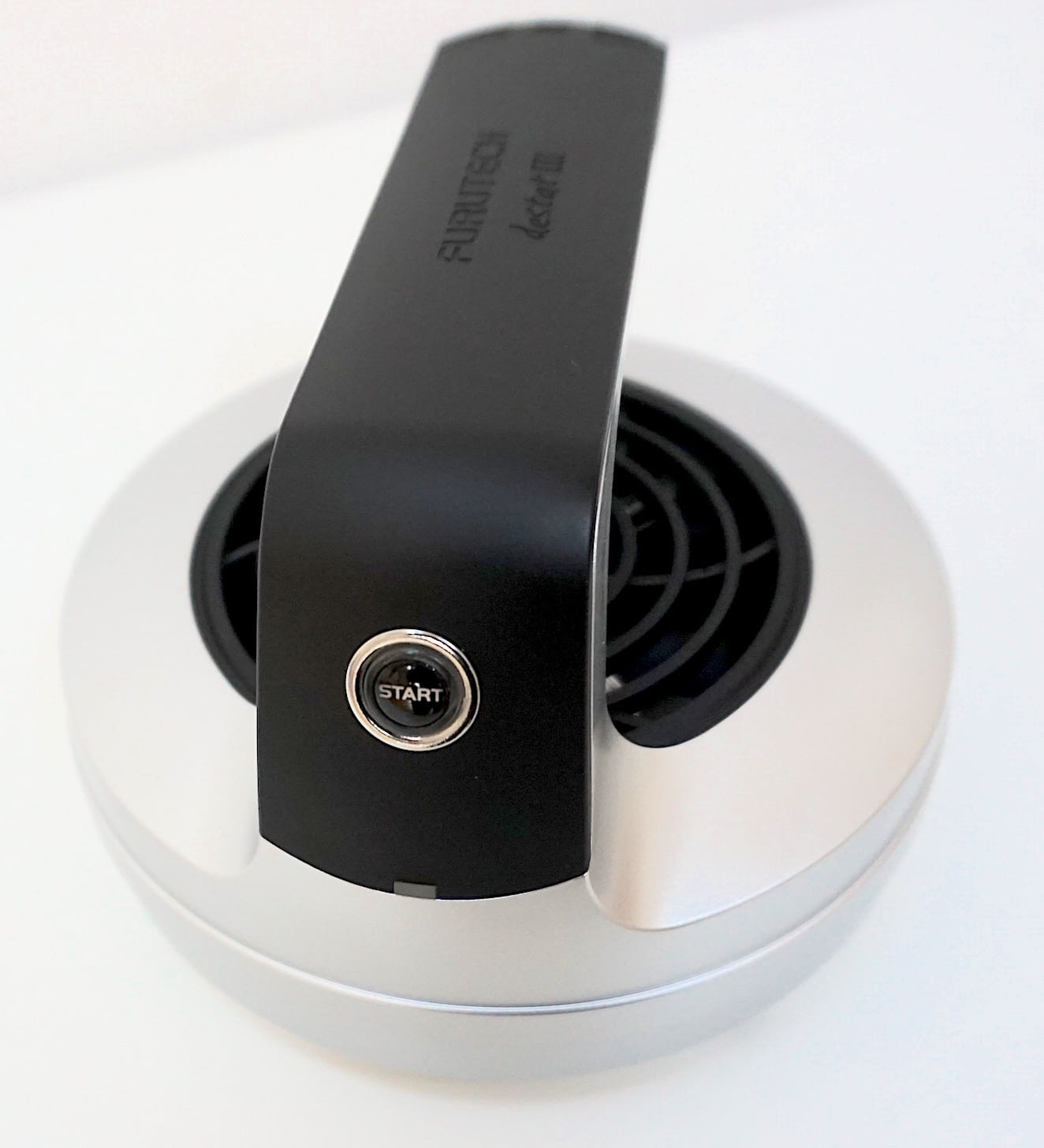
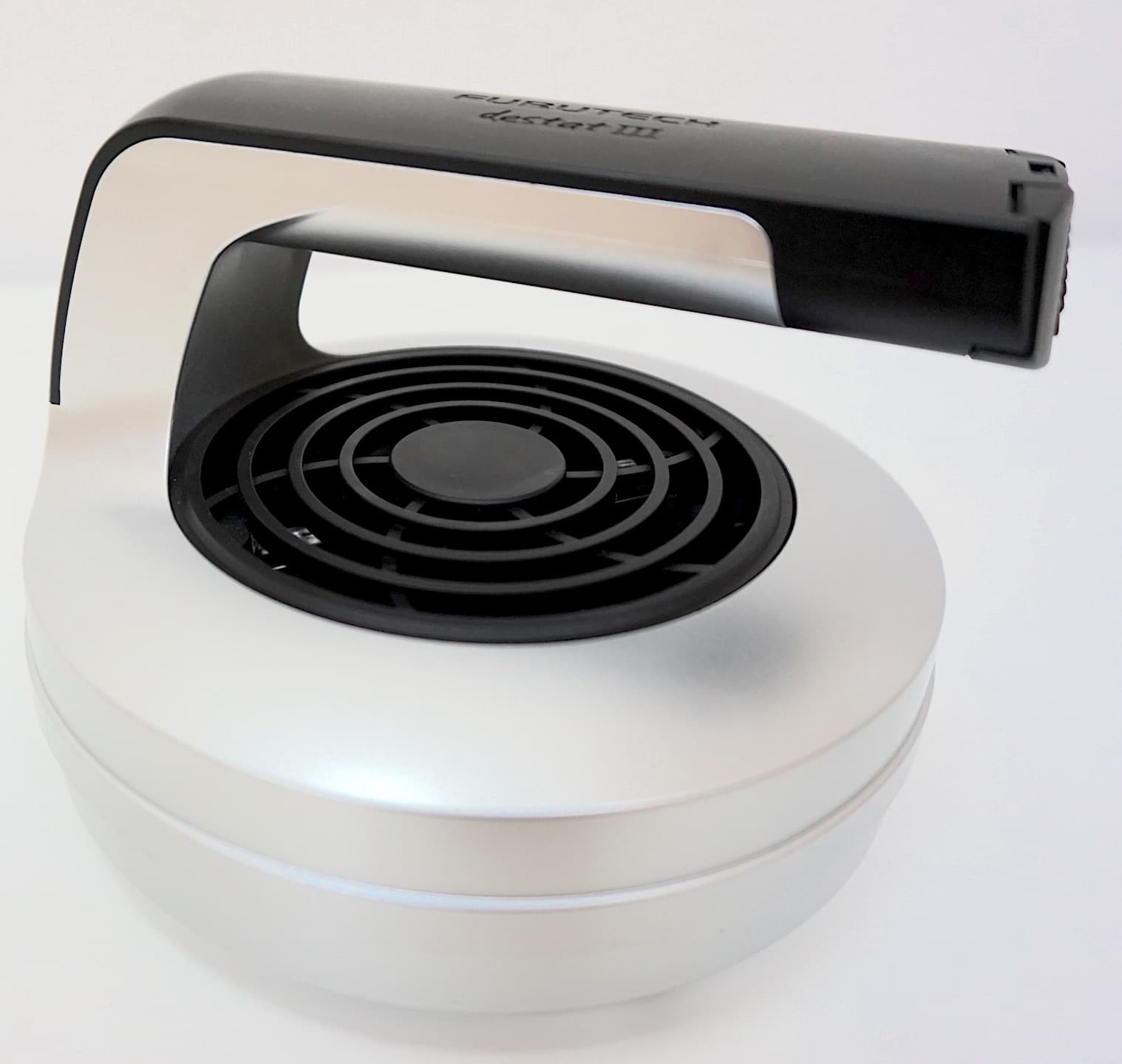
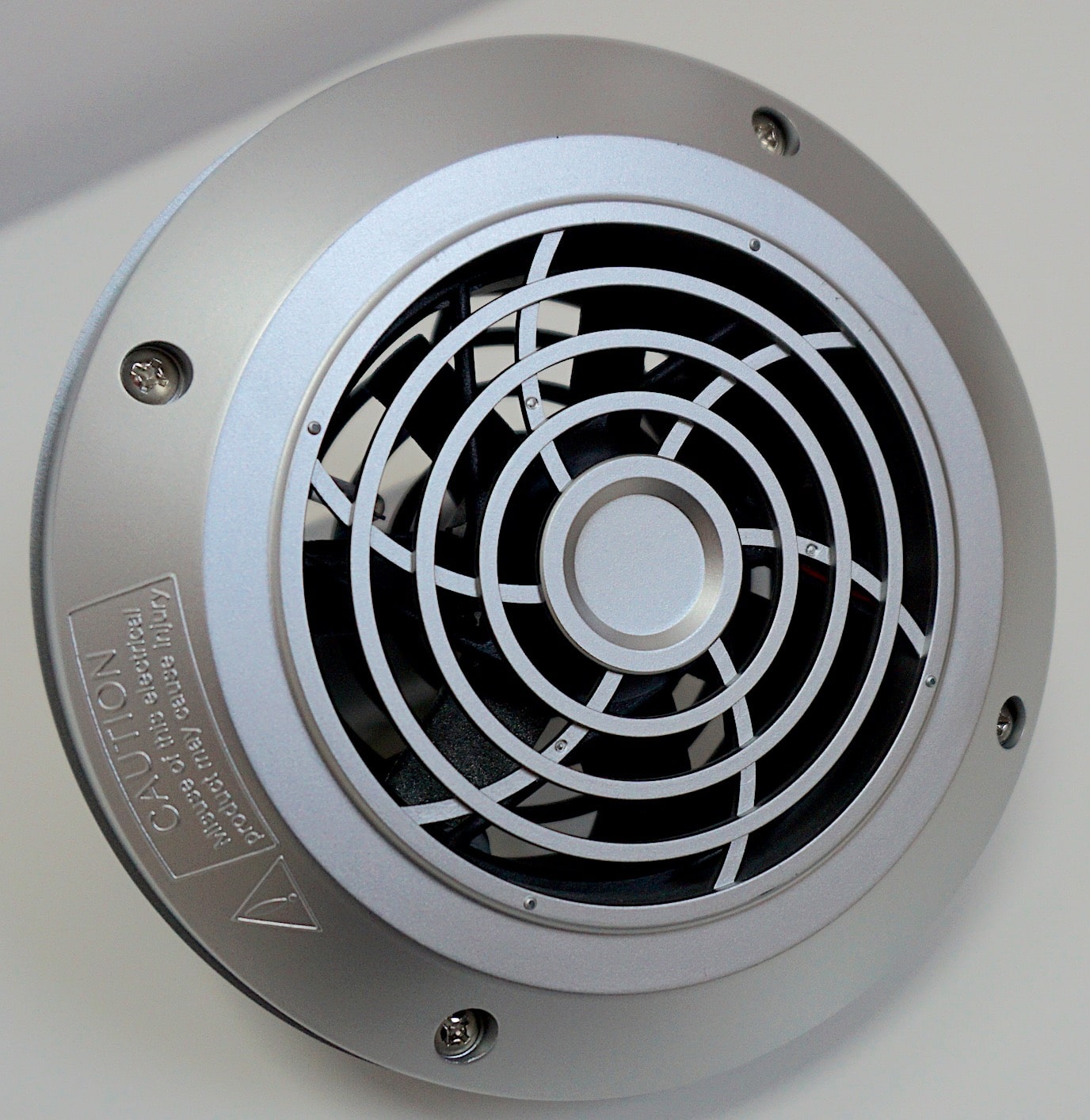
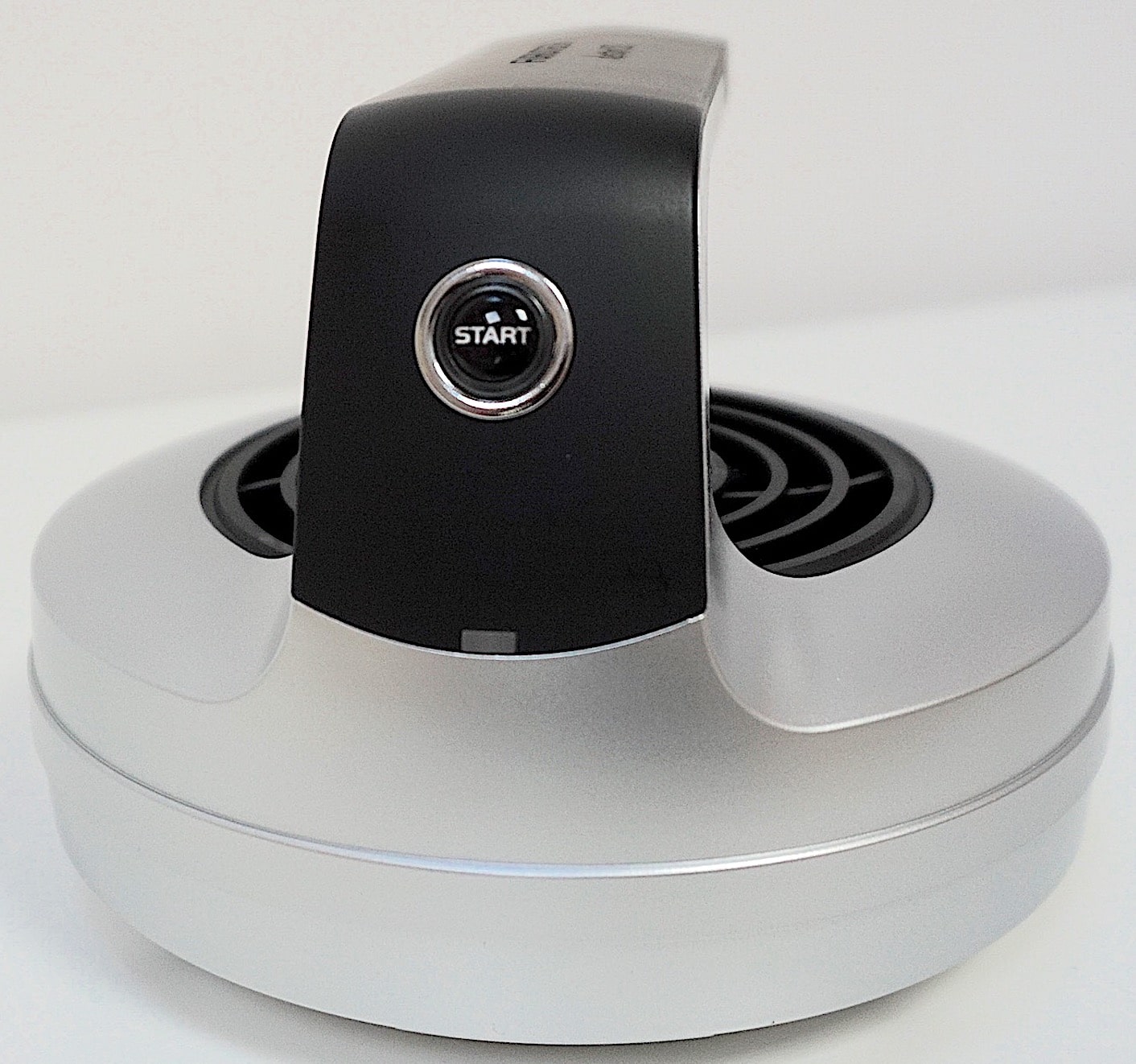
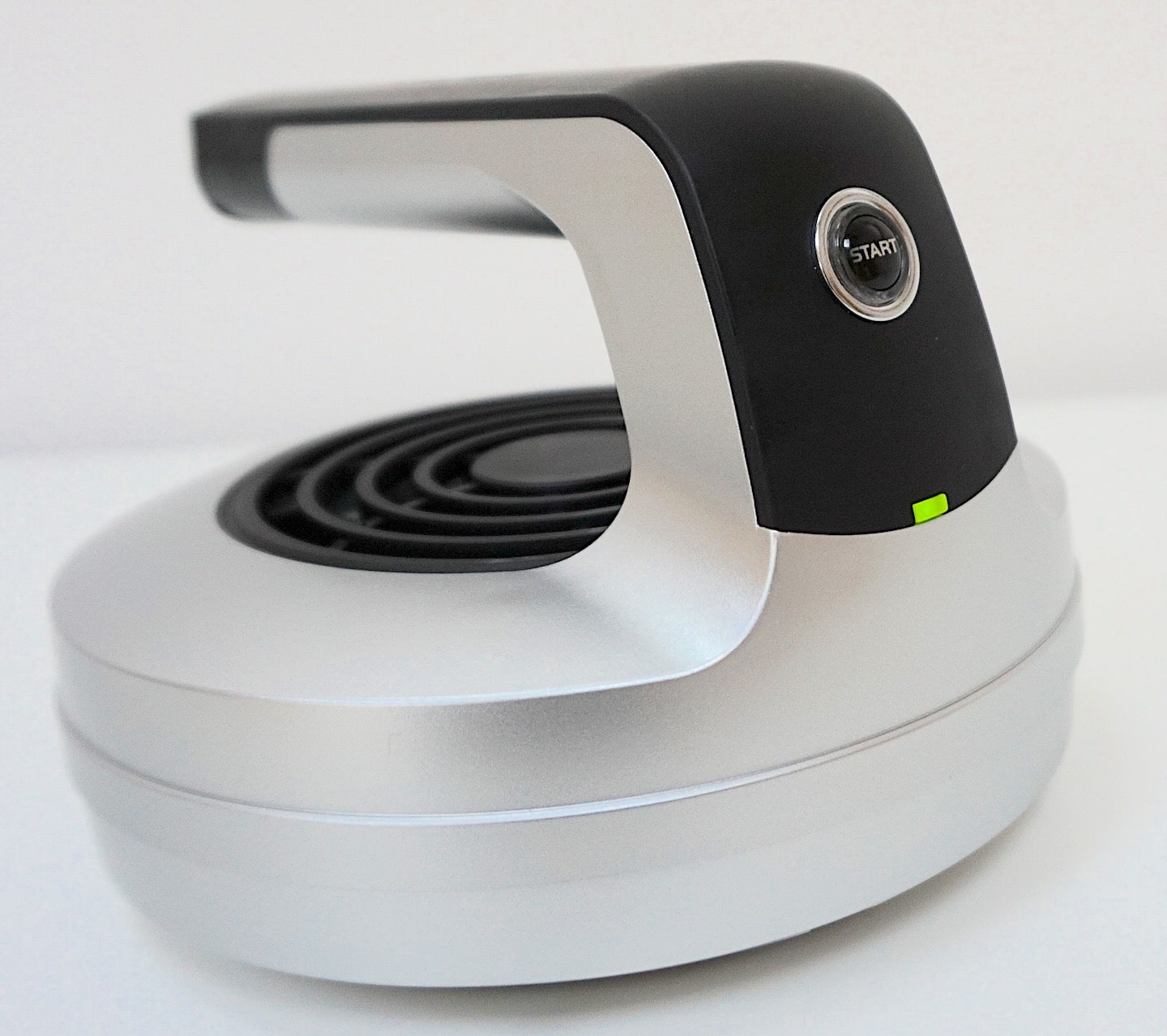
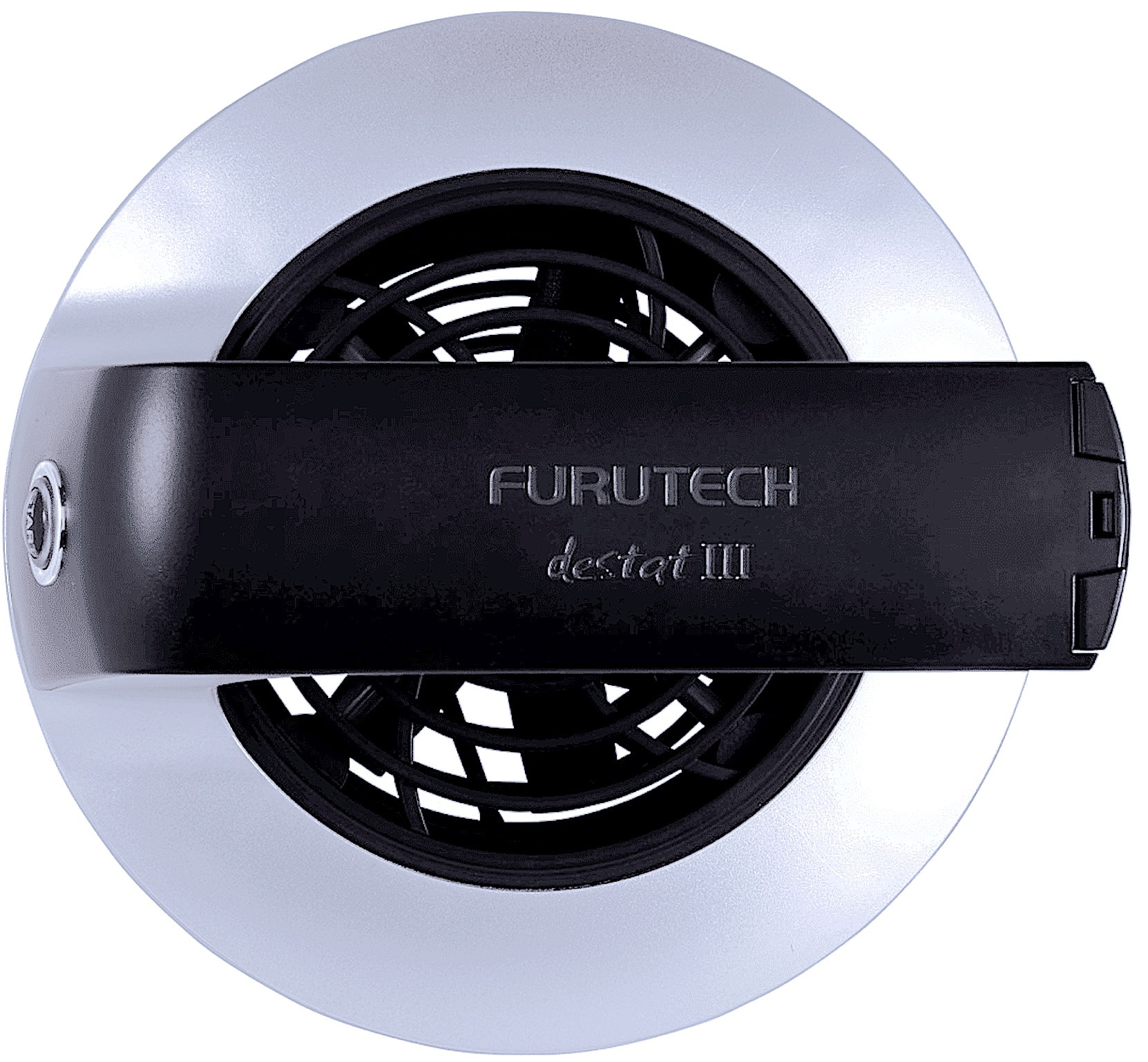



Brilliant test Mr. Rigby, will have to get one of these, I find a humidifier and milty zerostat don’t do as much as I want with static. This might help quite bit.
Very kind of you to say so, thanks Nicholas 🙂
Thanks for that Paul. You remind me of a teacher I once had who had the brilliant knack of putting across his points with humour without us realising that we we were actually learning at the same time! I still have my Zerostat, no doubt, influenced by your equally exhaustive/humorous review. It works too just as you promised. Will I need to start saving? Nah, I’ll just pulled the Zerostat trigger a million times more 😉 When a get tired of that, before I know it, I’ll have enough dosh saved to upgrade to the Destat III 🙂
Hehe – thanks for your nice words, Dermot and yes, that sounds like a plan to me! 🙂
The Destat III has been part of my arsenal for years. I apply it before I play any vinyl. It is the best kept “secret” in the industry, and unbelievable value for money. Distributors should have the courage to offer a “return, no questions asked” guarantee to prospective buyers. The Destat III would sell like hot cakes. It has a major design flaw though: the battery-lid looses contact with the batteries over time. I now need two hands (with one pushing down the lid) to actuate it. This happened to my two Destat III’s. Could you ask Furutech to investigate?
Does it work with cd’s? Yes, it does, but the effect is not as dramatic as when used with vinyl. In my experience, it beats the Acoustic Revive cd-demagnetizer at the task. But AR’s Negative Ion Generator is King when treating cds. The digital equivalent of a vinyl ultrasound cleaner. I had all these devices on trial, exhaustively tried out all the possible permutations and concluded that a simple treatment with the Ion Generator (2×15 s.) is best. The working principles of the Ion Generator is complete gobble the gooks.
Since I am at it, I also tried out AR’s R-888 Schumann wave generator. Its influence on the soundscape is profound! But after much experimenting, I could not find a happy balance for MY system. My leading principle is: do no harm. The R-888 spectacularly opened up the sound stage but influenced the spectral balance is a way I found less “natural”.
It says something abt the state of the Hifi-industry how such cheapy pieces of plastic gear (sold at premium prices!) can have such influence on systems costing thousands.
Paul, please do continue yr review of “fringe” components which make upgrading superfluous!
Thanks for your thoughts Jack and sure, I’ll continue my research 🙂
Took me a long time but I finally realize that static was killing my stereo system Leaving the patio door wide open and letting the fresh air come in made a big difference but also rubbing (not spraying ) ECO anti-static liquid on Power cable inputs (EIC) as well as USB plugs.
Did you ever try the Destat III on a direct drive turntable. What were your results?
Hi Walter – I did address that point in the review but I’m afraid I didn’t.
I bought one about 6 months ago after my 3rd Zerostat finally died, the last one being an original red one. Been hemming and hawing on it for about a year or so, but I figured that better to buy something better for the cost of three more ZS’s that I would surely buy. They are essential, and this is just so much better. My rig is a DD SL 1200 MK3 with an AT15SS cart currently with a young AT20SLa factory stylus. I also use a Wayne’s Audio Periphery Ring with a half pound center weight. Also have VPI Cyclone for cleaning. The improvement was immediate and noticeable. My primary TT use is for digitizing my vinyl. With that I am constantly adjusting my VTA for individual pieces of vinyl. Over in the VPI forum it was mentioned that static charges can impact the VTA adjustment of a cart and I have noticed this through my use. Adjusting the VTA is even more necessary now, which is good overall because it helps reveal even more of the content when set properly. I am so glad that I made the jump up to the Destat III. Just for S & G’s, about a month ago while doing laundry, my dress work shirts came out of the dryer with extra heavy static cling. I thought, let’s see and went and shot the whole dryer load with the DS III and instantly all was gone and the wrinkles in the shirts were all relaxed or gone. That was very convincing of the power behind it.
I use it every time I drop the needle and hit start while the TT is playing. Looking at the wav files in the spectrum analyzer display, it appears that nearly all of the TT rumble is gone now. I used to see a spike at around 40 to 45 hz and it is now all but gone. That is very good to see.
There have been no negative effects that I have noticed on the turntable while using this over the last six months.
Thanks for your thoughts, Kurt and yep, I use it too before every play too. I hear a definite lowering of the noise floor.
Thanks for the thorough review, and thanks for mentioning that the device offers no orientation guidelines on how to install the batteries. The correct orientation is not shown in the user manual or indicated on or near the unit’s battery compartment. If the Destat is turned on with the batteries reversed, it will immediately begin smoking and burn up the electronics. I hope I’m the only one who had to learn this the hard way.
Blimey! Sorry to hear about that Neal. Thanks for sharing that info though.